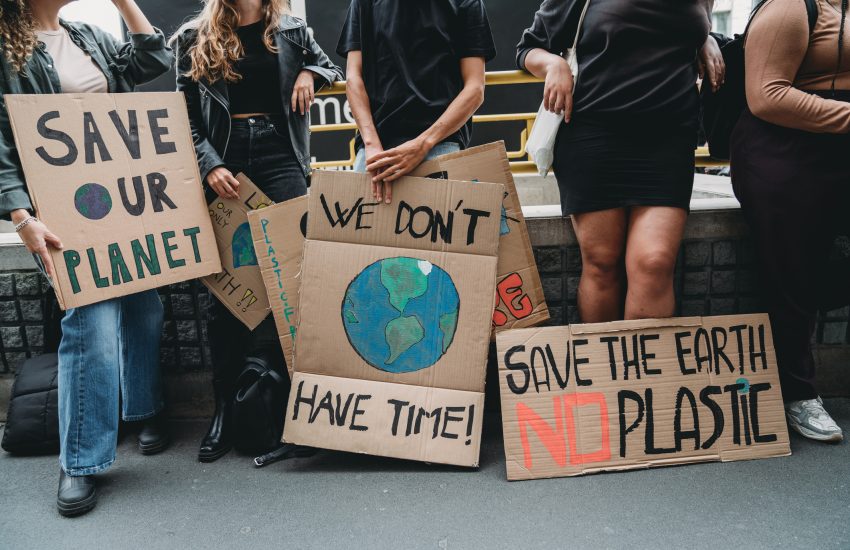As we reflect on environmental stewardship this week, the accelerating loss of biodiversity remains one of the most critical challenges facing our planet. Healthy ecosystems provide essential services – clean air and water, pollination, climate regulation, and more – underpinning human well-being and economic stability. While international efforts aim to address this crisis, action within the United States increasingly relies on state-level leadership and legal innovation.
Globally, the primary framework for conservation is the UN Convention on Biological Diversity (CBD). In 2022, parties to the …
Continue Reading









